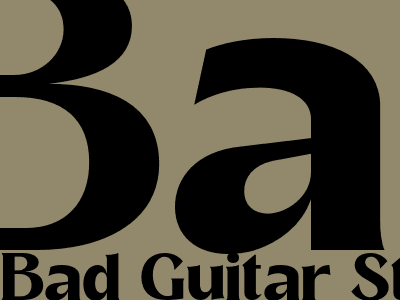SEO Content Optimization
A Comprehensive Guide to Boost Your Website's Visibility
Introduction
In today's digital landscape, search engine optimization (SEO) is crucial for businesses to gain online visibility and reach their target audience. By optimizing your website's content, you can improve its ranking in search engine results pages (SERPs) and attract more organic traffic. This in-depth guide will provide you with a comprehensive understanding of SEO content optimization, empowering you to create high-quality content that meets Google's and Blogger.com's policies and drives results.
Understanding Search Engine Algorithms
Search engines like Google use complex algorithms to rank websites based on their relevance, authority, and user-friendliness. Relevant content that aligns with users' search queries is paramount. Authoritative websites with high-quality backlinks from reputable sources are favored by search engines. Additionally, websites that provide a positive user experience with fast loading times and easy navigation are ranked higher.
Creating High-Quality Content
The foundation of effective SEO is creating high-quality, informative, and engaging content that provides value to your target audience. Focus on delivering content that meets the following criteria:
- Relevant: Directly answer users' search queries and provide information that aligns with their interests.
- Well-written: Use clear and concise language, avoiding jargon and technical terms. Employ proper grammar and structure for improved readability.
- In-depth: Provide comprehensive coverage of the topic, offering valuable insights and supporting evidence.
Keyword Research and Optimization
Identify relevant keywords that your target audience is searching for. Use keyword research tools to discover popular keywords and phrases. When incorporating keywords into your content, follow these best practices:
- Use keywords naturally: Avoid keyword stuffing and incorporate keywords seamlessly into your content.
- Target long-tail keywords: Focus on specific, long-tail keywords that are less competitive but more likely to convert.
- Optimize headings and meta descriptions: Include keywords in your page titles, headings, and meta descriptions to improve SERP visibility.
On-Page Optimization
On-page optimization involves optimizing your website's content and structure to enhance its SEO performance:
- Use header tags: Structure your content using header tags (H1, H2, H3, etc.) to create a logical hierarchy and improve readability.
- Optimize images: Use descriptive alt text for images to help search engines understand their content and improve accessibility.
- Create internal links: Link to relevant pages within your website to enhance user navigation and distribute link authority.
Backlinks and External Links
Building high-quality backlinks from reputable websites is a crucial ranking factor. Focus on acquiring natural backlinks from authoritative sources in your industry. Additionally, include external links to credible sources to support your claims and provide additional information to users.
Conclusion
SEO content optimization is an ongoing process that requires a deep understanding of search engine algorithms and user intent. By following the principles outlined in this guide, you can create high-quality, SEO-optimized content that drives organic traffic, improves your website's ranking, and establishes your brand as a trusted source of information.

Komentar